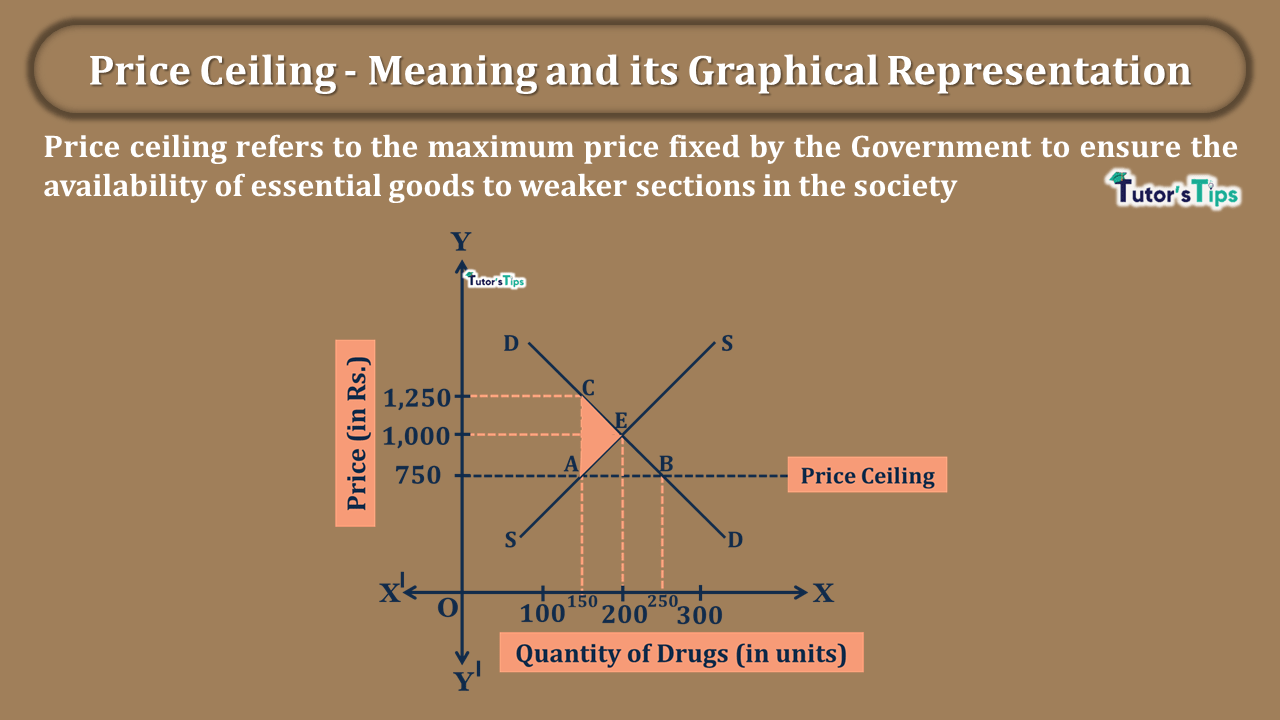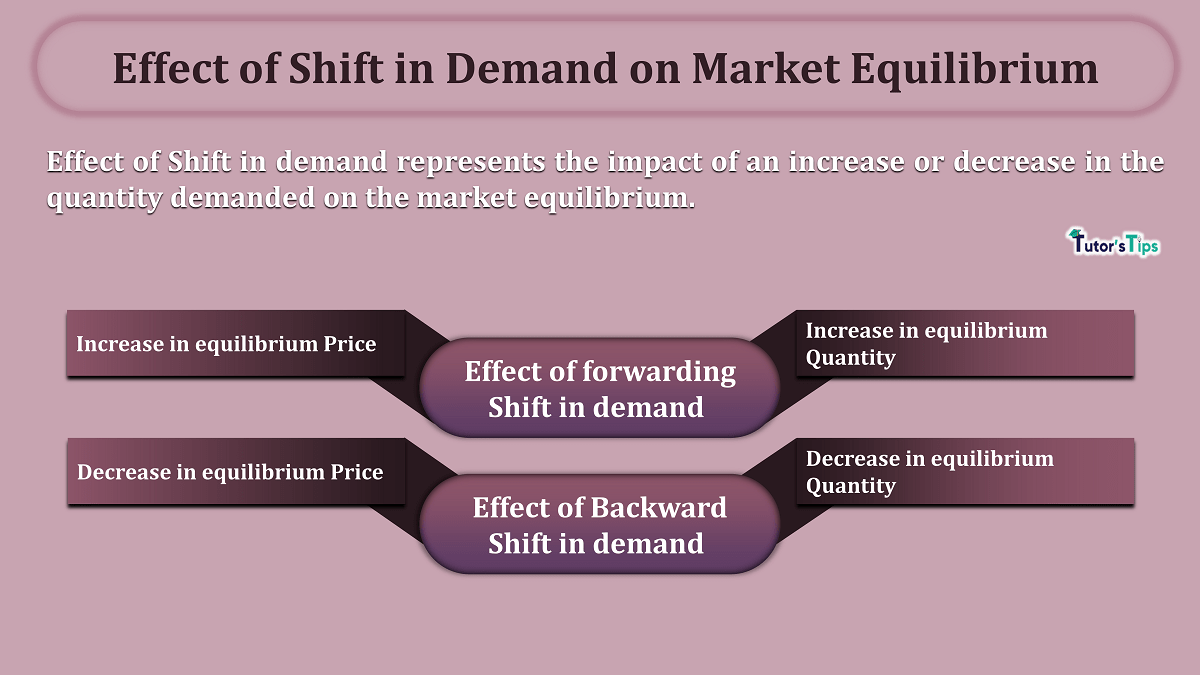Price Floor refers to the lowest or minimum price fixed by the government for a commodity or minimum price to be paid in the market for a commodity.
What is the Price Floor?
Price Floor refers to the government-imposed minimum price for a commodity. Generally, It is fixed for farm products. Therefore, this price control measure by the government regulates the income of the farmers.
Agri or farm products like wheat, rice are seasonal in nature. Thus, these goods are harvested and sold by farmers in a very short period of time. In contrast, these are demanded all over the year. Consequently, there would be excess supply in the market. As a result, the price is crashed. Also, The good harvest and high output lead to poverty and low income. In such a situation, farmers cut their cultivation and result in a shortage of food grains. Considering this situation, the government has to intervene to regulate the income of farmers as well as to avoid shortage of food grains in the country. Accordingly, the government fixes the floor price of the food grains. It means the minimum price which the traders must pay to farmers in the wholesale market.
But, if traders may not buy these crops at the floor price, then the government offers ‘support price’ to farmers. Support price s the price at which the government buys the entire commodities of the farmers, which the farmers fail to sell at floor price in the open market. Thus, floor price invariably implies support price as well.
Definition:
Floor Price is the minimum price of the commodity, fixed by the government. Often, it is higher than the equilibrium price of the commodity. Nobody in the market can buy the product at price lower than the equilibrium price. Often, this is equated with the support price.
The Support Price is the assured minimum price offered by the government to the farmers for the purchase of their output. Generally, it is higher than the equilibrium price. It is offered to regulate the income of the farmers.
Illustration:
Suppose, the concerned product, here is wheat. There is a large number of buyers and sellers in the market. Therefore, the market concerned is perfect competition. Accordingly, the price of wheat is determined by the demand and supply forces in the market. Therefore, at equilibrium prices of Rs.3,000, the equilibrium quantity is 2 quintals.
It is assumed that the price of wheat in the market is very low in the market. Thus, farmers have to suffer as they don’t get enough money for their output. Considering this fact, the Indian government fixes the price floor at Rs 4,000. It is more than the equilibrium price. Consequently, the supply and demand get affected. The demand decreases to 1 quintal and supply increases to 3 quintals. As a result, there is a gap emerged between demand and supply. In other words, it creates a situation of excess supply i.e. Demand < Supply. Here, excess supply is 2 quintals (3-1 quintal).
Graphical Representation:
In fig, X-axis shows the quantity of wheat and Y-axis shows the price.DD and SS are the demand and supply curves of wheat in the market. And, The point E is showing the initial equilibrium point with the equilibrium price of Rs.3,000 and Equilibrium quantity of 2 quintals. Considering the overexploitation of farmers, the govt imposed a price floor of Rs.4,000 on the commodity. As a result, the demand for wheat contracts to 1 quintal and supply extends to 3 units. In other words, it creates a situation of excess supply i.e. Demand < Supply. Here, excess supply is AB = 2 quintals (3-1 quintal).

This surplus of 2 quintals is bought by the government. The Government stores it as a buffer stock to use it for public distribution. However, the cost of storing this stock is a major demerit of this price floor/ support price policy of the government.
Advertisement-X
Implications of Price Floor:
Buffer Stock:
It is an important tool for a price floor. It implies the surplus stock purchased by the government which the farmers fail to sell in the open market at the floor price. By buying this stock, the government creates its own buffer stock to use for public distribution. Thus, it is through the buffer stock that this pricing policy becomes successful.
Thanks!!!
Please share with your friends
Comment if you have any question.
References:
Introductory Microeconomics – Class 11 – CBSE (2020-21)







Leave a Reply